- Key Risks in Global Construction Projects
- Coverage Essentials for International Projects
- Regional Considerations and Regulatory Compliance
- The Role of Risk Management in Construction Insurance
- Common Policy Exclusions and Limitations
- Case Studies: Lessons Learned from International Claims
- Tailoring Insurance Solutions to Diverse Markets
- The Impact of Economic and Political Factors on Insurance
- Future Trends in International Construction Insurance
International construction insurance provides essential financial protection against the complex array of risks encountered in global construction projects. As construction ventures extend beyond domestic borders, insurers and policyholders confront diverse regulatory environments, varying risk landscapes, and exposure to cultural and economic differences that demand specialized insurance solutions. In essence, international construction insurance serves as a comprehensive safety net that helps mitigate potential losses from unforeseen events, covering property damage, liability claims, and other contingencies arising from construction activities.
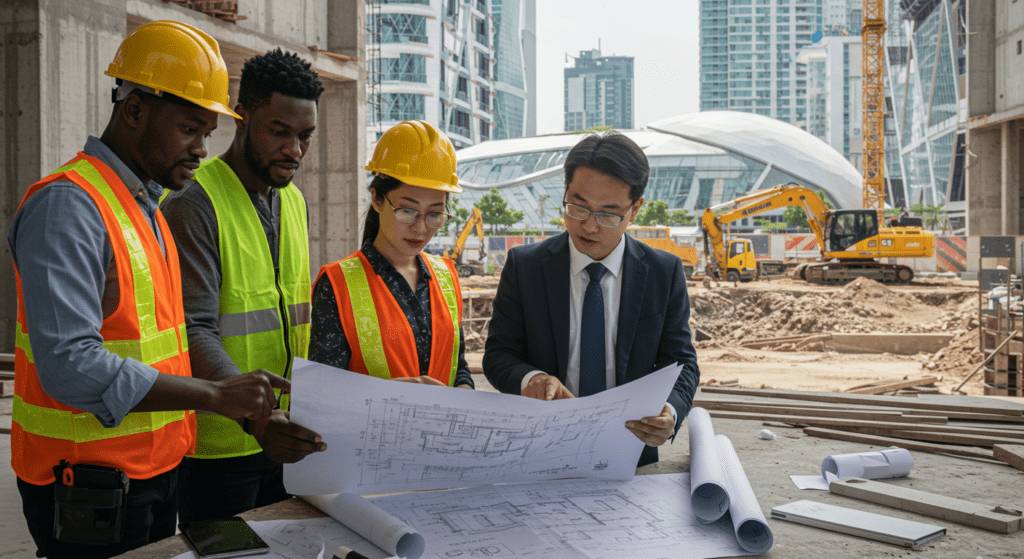
1. Key Risks in Global Construction Projects
Global construction projects face numerous risks that differ significantly from those encountered in domestic projects. One of the primary concerns is physical damage resulting from natural disasters such as earthquakes, hurricanes, or floods, which can be more prevalent in certain regions. Additionally, the risk of political instability, changes in government policies, and social unrest poses a serious threat to projects in volatile regions. Moreover, currency fluctuations, delays in material supplies, and labor disputes further compound uncertainties. The international environment also introduces challenges related to varying construction standards and practices, ultimately heightening the probability of errors or design flaws that could lead to costly accidents or legal liabilities.
2. Coverage Essentials for International Projects
Effective construction insurance for international projects typically includes several core coverage elements. First, property damage coverage protects against loss or damage to the construction site, building materials, and temporary structures. Second, liability insurance ensures protection against third-party claims arising from injury or damage during the construction process. Additionally, coverage might include business interruption insurance to safeguard against losses from project delays or shutdowns. In more advanced policies, coverage may be extended to include risks associated with equipment in transit and installation, as well as professional indemnity for design professionals. Customized policies often integrate several layers of protection tailored to the specific needs of a project, ensuring that both local and international risks are adequately covered.
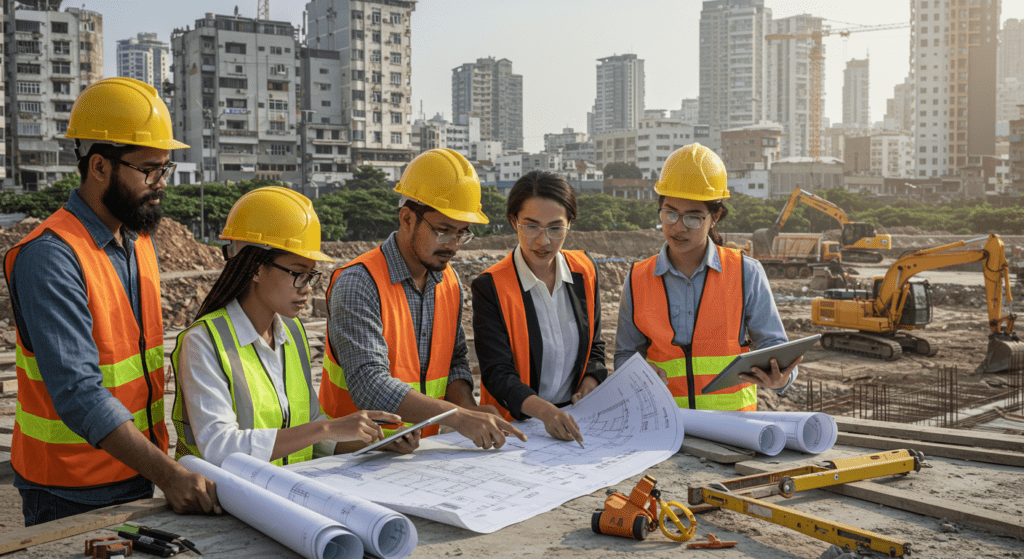
3. Regional Considerations and Regulatory Compliance
International construction projects operate under diverse legal and regulatory frameworks that necessitate localized insurance strategies. Each region imposes its own building codes, environmental regulations, and labor laws, requiring insurers to adapt policies to meet these local requirements. For example, projects in European countries might demand adherence to strict environmental standards and safety regulations, whereas those in emerging markets may focus on political risk and currency fluctuation concerns. Furthermore, regulatory compliance requires continuous monitoring and the ability to adjust policies as local rules evolve. Insurers must work closely with local legal experts to ensure that coverage remains valid and effective throughout the project lifecycle, mitigating the risk of non-compliance penalties that can disrupt construction progress.
4. The Role of Risk Management in Construction Insurance
Risk management plays an instrumental role in enhancing the effectiveness of international construction insurance. Before the implementation of insurance coverage, a comprehensive risk assessment is essential to identify potential hazards across the project’s geographical and operational spectrum. By engaging in proactive risk management practices, project managers and insurers can develop strategies to minimize exposure, such as implementing safety protocols, conducting regular inspections, and ensuring proper training for all workers involved. A robust risk management plan not only reduces the likelihood of incidents but also positions the project to handle claims more efficiently should unforeseen events occur. Advanced technologies, such as real-time monitoring systems and data analytics, further empower stakeholders to make informed decisions and adjust risk policies promptly, reinforcing the overall resilience of the project.
5. Common Policy Exclusions and Limitations
Despite the breadth of coverage provided by international construction insurance, several common exclusions and limitations warrant careful consideration. Many policies do not cover losses arising from acts of war, terrorism, or political upheaval unless specific endorsements are purchased. Additionally, claims related to inherent defects in design or workmanship may be excluded, leaving contractors liable for faults that are discovered after project completion. Some policies limit coverage for consequential losses, such as those resulting from supply chain disruptions or temporary project shutdowns due to regulatory issues. It is also common for insurers to set deductibles or impose sub-limits on specific types of claims, which can significantly impact the financial recovery available after a loss. Knowing these exclusions and limitations is crucial when tailoring coverage to ensure that potential gaps in protection do not leave the project vulnerable.
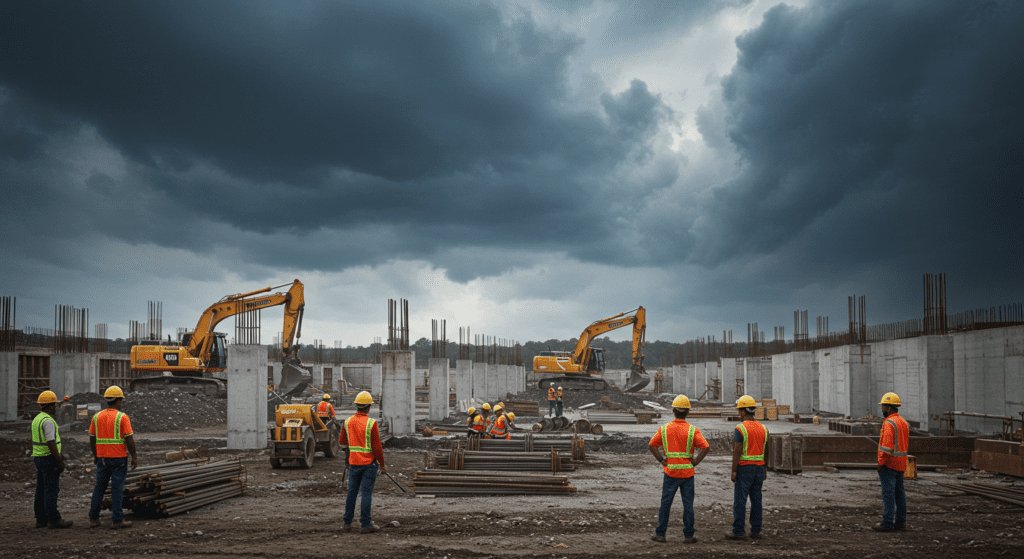
6. Case Studies: Lessons Learned from International Claims
Analyzing real-world case studies offers valuable insights into the complexities of international construction insurance. In one instance, a multinational infrastructure project in Southeast Asia suffered significant delays due to unexpected monsoon flooding. The insurer’s failure to adequately account for the extreme weather conditions prevalent in that region led to protracted negotiations over claim settlements, ultimately underscoring the necessity of region-specific risk assessments. In another example, a high-rise construction project in a politically unstable region experienced work stoppages resulting from civil unrest. The delay not only affected the construction timeline but also led to spiraling costs that exceeded the policy limits. Both cases highlight the importance of incorporating local risk data into policy design and maintaining flexible coverage options that can adapt to unexpected changes. Through thorough post-mortem analysis of such claims, insurance providers and contractors can refine their risk models and adopt more resilient strategies for future projects.
7. Tailoring Insurance Solutions to Diverse Markets
To address the varied landscapes of international markets, insurance solutions must be meticulously customized. Tailored policies consider factors such as regional hazard profiles, the scale and complexity of the project, and the unique legal frameworks of the host country. For instance, a construction project in the Middle East may require enhanced coverage for extreme weather events and hyperinflation risks, while a project in South America might focus more on mitigating political risk and supply chain interruptions. Agents and brokers specializing in international construction insurance work closely with clients to conduct detailed risk assessments and design policies that align with the specificities of the project. This bespoke approach not only ensures optimal coverage but also builds long-term partnerships between insurers and construction firms, fostering trust and reliability across borders.
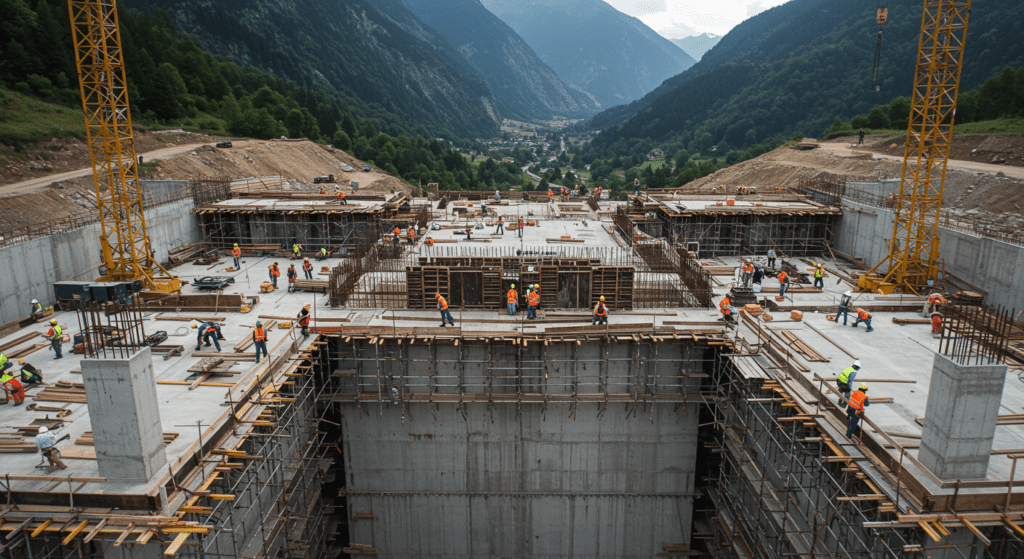
8. The Impact of Economic and Political Factors on Insurance
Economic and political conditions significantly influence the availability and cost of construction insurance on the international stage. Fluctuating exchange rates, inflation, and varying economic growth rates can all affect project costs and, consequently, the premiums charged by insurers. Political developments, such as changes in government policy, new regulatory requirements, or even instability, may elevate the perceived risk, leading insurers to increase premiums or restrict coverage options. For example, in regions undergoing rapid economic transformation or experiencing heightened political tensions, insurers might impose stricter underwriting criteria or exclude certain types of risks entirely. Conversely, a stable economic environment coupled with clear regulatory frameworks can facilitate more competitive pricing and comprehensive coverage options. Understanding these macroeconomic impacts enables project stakeholders to plan accordingly, ensuring that insurance policies remain both affordable and sufficient throughout the lifecycle of the project.
9. Future Trends in International Construction Insurance
The landscape of international construction insurance is poised for significant evolution in the coming years. One of the most notable trends is the increasing integration of technology to enhance risk management and claims processing. With advancements in artificial intelligence, drones, and real-time data analytics, insurers can more accurately assess risks, monitor construction sites, and expedite claim resolutions. Another emerging trend is the growing focus on sustainable and green building practices. As environmental concerns become paramount, insurers may offer incentives for projects that emphasize energy efficiency and sustainable materials. Additionally, the recent fluctuations in global markets and geopolitical instability drive a need for more adaptable and resilient insurance solutions. Insurers are likely to develop flexible policies that can be readily adjusted as circumstances change, ensuring that construction projects are ever-ready to face the dynamic international landscape. Finally, collaboration between international insurers, local experts, and construction firms is projected to deepen, fostering a more integrated approach to managing and mitigating risks. With these future trends, the international construction insurance sector is set to become more sophisticated, responsive, and tailored to the challenges of global construction endeavors.
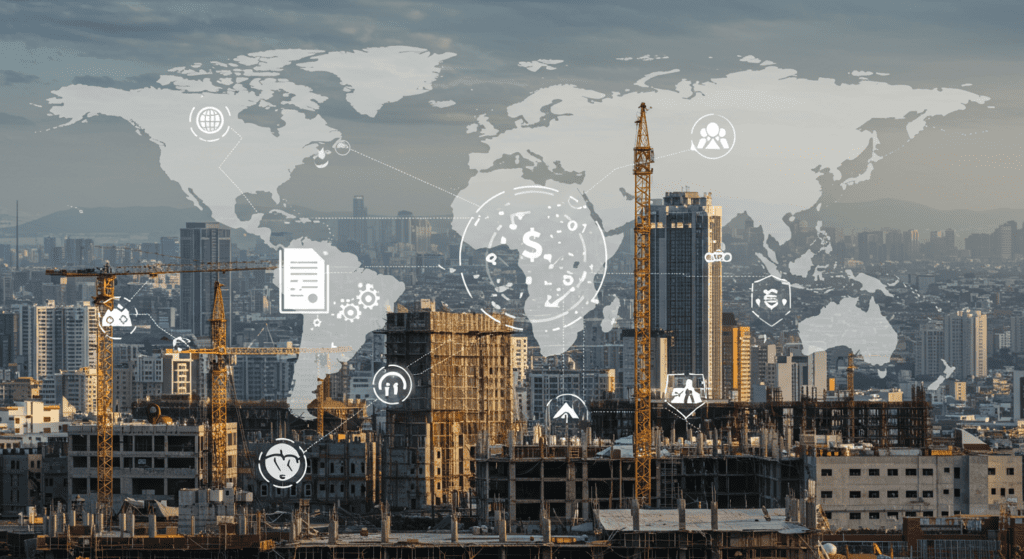
Conclusion
In conclusion, international construction insurance is a critical safeguard for managing the diverse risks associated with global projects. By tailoring coverage to meet regional regulatory standards, political climates, and local hazards, developers can protect their investments while navigating complex international markets. With technological innovations enhancing risk assessment and claims processing, the industry is poised for a more adaptable and resilient future, ensuring that construction projects worldwide are both financially secure and compliant with ever-evolving standards.
